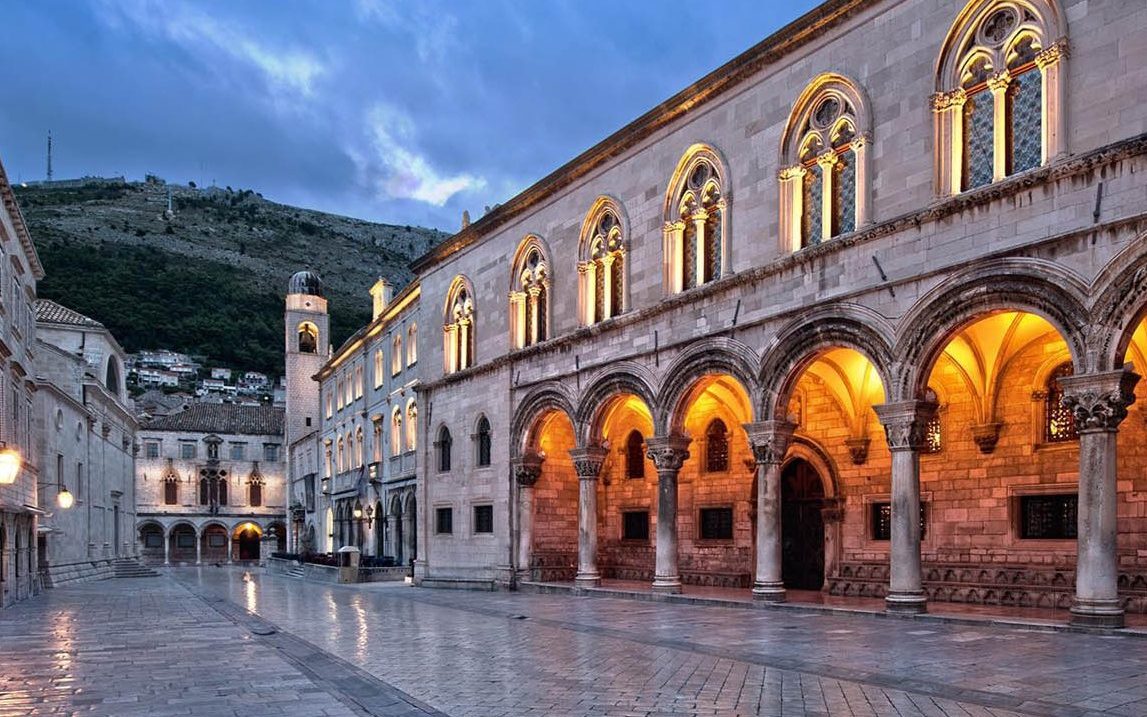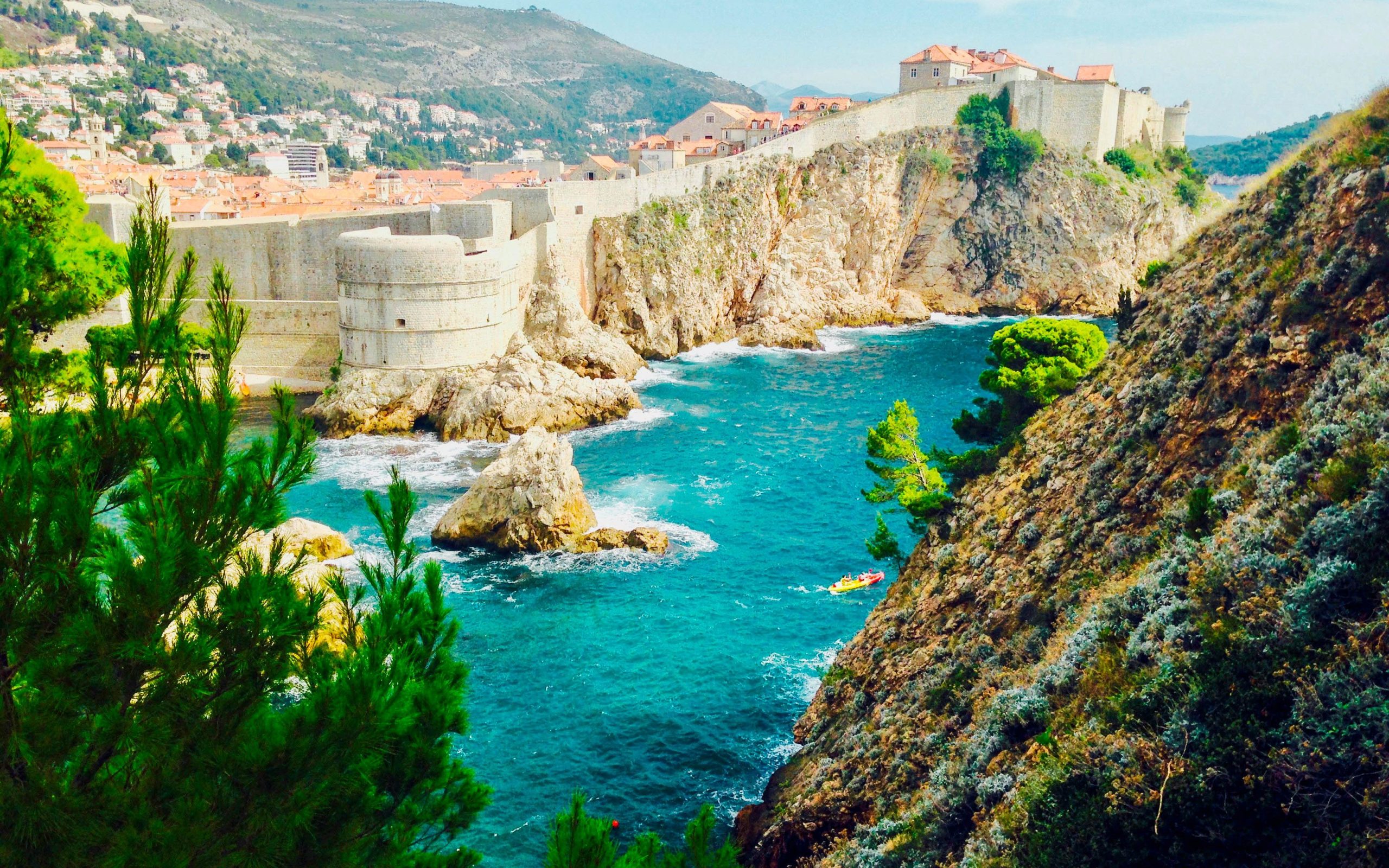The best time to visit Dubrovnik
visit to Dubrovnik It has marble flagstones and rugged walls give this lovely city – Croatia’s most popular – a timeless feel.
But the seasons vary hugely in Dubrovnik. Choosing the best time to visit depends on your attitude to the weather and the crowds. High summer can mean festivals and sun, while winter can seem like you have the city to yourself. Here’s the best time to visit Dubrovnik.
What’s the weather like in Dubrovnik?
Dubrovnik is in Dalmatia, near Croatia’s southern tip. The Adriatic offers swimming and water sports and gives this port city a maritime climate. Summers are warm and sunny, and winters are damp and fairly mild. It’s a compact place, with under 50,000 residents – making it significantly smaller than and Zadar further up the coast.

In July (the high season), the sea is warm, and there’s an average of 11 hours of sunshine each day.
– which focus on classical music, theater, folk and opera – arrive in town. Croatia’s many dance music are further up the coast near Zadar, but buses and ferries make getting around a breeze.
This all means Dubrovnik gets busy, so arrange accommodations as early as possible. Overnight visitors are joined by cruise ship passengers several times a day, which can make the old town hectic. day trips and visits to nearby islands mean you to fill your day.
By August, the water is at its warmest, though you may need to look for longer to find a quiet spot – try hopping on a sea kayak or getting a boat to the car-free Elaphite Islands. Dubrovnik’s cultural blitz continues with concerts and theater (usually including 16th-century playwright Marin Držić’s exuberant comedies).
while the sea can be cool, this is still a good time for a beach-focused holiday. The old town can still be crowded but without the intensity of July and August. Conditions are good for touring the islands, hiking or rafting.
May is a great time to visit as almost everything is open without being too busy. You can breathe in the spring from pavement cafes, and it’s a good month for walking (try the Way of the Cross, hilly Sipan, or wooded Mljet). June offers warm sun and an early summer buzz, plus you’ll find less congestion on the city’s famous walls, giving you more time to appreciate Dubrovnik’s proud trading history and glittering sea views.
By September, Dubrovnik slips gently into the shoulder season. At the start of the month, are still in full swing, the weather can be baking, and the old town is full of eager visitors. But as September moves on, things become cooler and less feverish. It’s a fine time to visit, with plenty of sunshine.

Another of Dubrovnik’s most pleasant months and your last chance for beach time. Some restaurants and hotels shut, but there’s enough going on for the city to still feel vibrant, including food festivals and sporting events. Hiking and kayaking are appealing, accommodations are relatively affordable, and the cool waters off beaches such as Sveti Jakov and Bellevue.
Visit the beach. But if you’re looking to the city’s architectural and cultural delights in peace, you’re in luck. The old town feels and more like a living city, quite a few and restaurants stay open right through the winter, and hotel prices drop substantially.
can be lovely, with average. You’ll rarely wait in line anywhere, so you can pack in galleries, and nearby destinations such as before heading inside to fill up on the hearty likes of stuffed peppers December is usually cold and often wet, but celebrations bring a spark to its evenings. The Winter has twinkling lights, and plenty of cod dishes.
Most visitors stay away , the city’s coldest month. But come February, the festivals begin again. The Feast of St Blaise celebrates Dubrovnik’s patron saint with concerts and theater, while the Carnival packs in a costume parade, wine, street food, and kids’ activities. Visitor numbers are still low in March, but it’s good for the city walls or day trips to fishing villages or Trsteno Arboretum. a distinct uptick in sunshine and a shift in the city’s energy too.